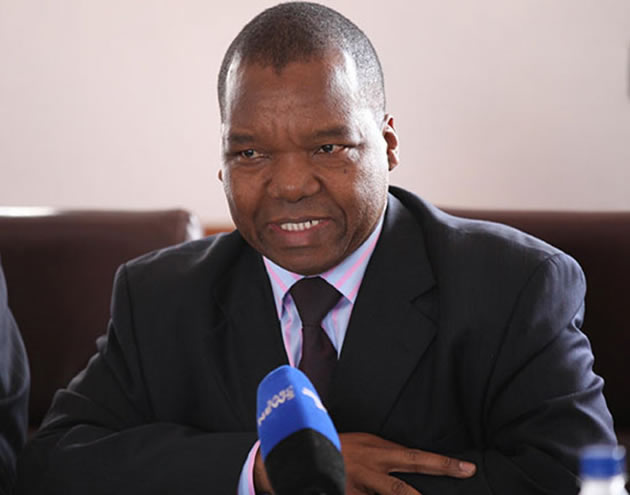350 companies back on feet: RBZ

Prosper Ndlovu, Business Editor
AT least 350 companies have been revived countrywide courtesy of Government’s policy support measures such as Statutory Instrument 64 of 2016 and the spill-over effects of increased agricultural production this year.
Reserve Bank of Zimbabwe Governor, Dr John Mangudya, revealed this yesterday in his 2017 mid-term monetary policy statement where he expressed confidence that the country’s economy was on the mend.
“The favourable agricultural season has a positive spill-over effects on the agro-processing industry. This, together with the revival of around 350 firms in the manufacturing sector that are benefiting under the Government’s localisation policy, which is supported by Statutory Instrument 64 of 2016, has seen the manufacturing sector enhancing capacity utilisation,” said Dr Mangudya. “Some firms in the food processing and packaging sub-sectors are now operating at above 70 percent of capacity. Prioritisation of foreign exchange allocations by the Bank to these firms continues to greatly assist the localisation process and enhancing local production and exports.”
The apex bank said the first half of 2017 witnessed a turnaround of the national economy at a time when inflation, underpinned by an expansionary fiscal policy stance, crept out of deflation in February 2017 after two and a half years of a prolonged episode of negative inflation to reach 0.31 percent in June 2017.
The economy is expected to grow by 3.7 percent in 2017, said the Governor, largely driven by agriculture, mining and tourism. Whilst agricultural output is projected to grow by 21.6 percent, on account of a combination of favourable rainfall season and the positive financial impact of the Presidential and Command agricultural input programmes, Dr Mangudya said the mining and tourism sectors were on the rebound due to stability in the international commodity prices and price competitiveness, respectively.
“It is against this backdrop that the bank’s supply-side funding initiatives to enhance production, productivity and exports were put in place at the beginning of the year.
“The funding initiatives include the export finance facility, business linkages fund, tourism support facility, cross border facility, gold support facility, women empowerment fund, youth empowerment fund, fund for people with disabilities and the horticulture support facility,” he said.
These funding programmes together with the export incentive scheme aimed at enhancing export competitiveness have assisted in inculcating an export culture for the sustenance of the multicurrency system and to enhance production and productivity.
Given limited access to foreign finance, the Governor said the country needs to produce and create foreign exchange to finance its needs that include fuel, electricity, loan repayments, portfolio investments flows and raw materials for industry.
Dr Mangudya said demand for foreign exchange was higher than supply, resulting in cash shortages and scarcity premiums of between 5 – 25 percent in the informal or parallel markets.
“The scarcity premiums or discounts are thus a symptom of excess demand for foreign exchange. It is therefore not the mediums of exchange – US dollar cash, bond notes, plastic money or the real time gross settlement (RTGS) – that cause premiums in the parallel markets or the multi-pricing system.
“It is the disequilibrium or mismatch between the domestic quantity of money (local dollars) and the supply of foreign exchange (foreign dollars) that cause cash shortages and, resultantly the scarcity premiums and the multi-pricing system,” he explained.
He attributed the trend to limited access to foreign finance, declining foreign investor confidence, which has reduced capital flows and the indiscipline-induced leakages of foreign exchange through illicit transactions and other nefarious activities that include rent seeking behaviour.







Comments